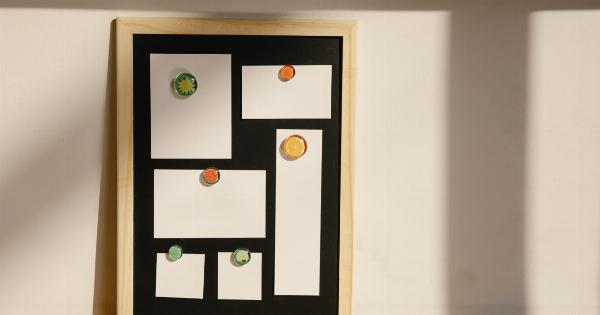Kyphosis in Youth: Causes, Symptoms, and Treatment
Kyphosis, also known as roundback or hunchback, is a spinal disorder that can affect people of all ages, including children and adolescents. In this article, we will discuss the causes, symptoms, and treatment options for kyphosis in youth.
Kyphosis can be caused by a variety of factors, including:.
- Abnormalities in the development of the spinal column, such as congenital kyphosis.
- Postural kyphosis, which is caused by poor posture or slouching.
- Scheuermann’s disease, which is a condition that results in the gradual deterioration of the vertebrae and can lead to a rounded back.
- Injury or trauma to the spine, such as from a car accident or fall.
- Neuromuscular conditions, such as muscular dystrophy or cerebral palsy, which can affect the muscles and nerves that control the spine.
Symptoms
The symptoms of kyphosis in youth can vary depending on the severity of the condition. Some of the most common symptoms include:.
- A rounded or hunched back
- Pain or stiffness in the back
- Difficulty breathing or shortness of breath
- Fatigue or weakness in the back muscles
- Numbness or tingling in the legs or feet
- Difficulty standing up straight
If you or your child is experiencing any of these symptoms, it is important to see a doctor for an evaluation.
Diagnosis
To diagnose kyphosis in youth, a doctor will typically perform a physical exam and ask about your child’s medical history. They may also order imaging tests, such as X-rays or an MRI, to get a better look at the spine.
Treatment
The treatment options for kyphosis in youth will depend on the cause and severity of the condition. Some of the most common treatment options include:.
- Observation and monitoring: If the kyphosis is mild and not causing any symptoms, the doctor may recommend simply monitoring the condition to make sure it does not get worse.
- Physical therapy: A physical therapist can work with your child to strengthen their back muscles and improve their posture.
- Bracing: In some cases, a brace may be necessary to help support the spine and prevent further curvature.
- Surgery: If the kyphosis is severe and causing significant symptoms, surgery may be necessary to straighten the spine and stabilize it.
It is important to work with your child’s doctor to determine the best course of treatment for their individual needs.
Prevention
While not all cases of kyphosis can be prevented, there are some steps you can take to help reduce your child’s risk of developing the condition. These include:.
- Encouraging good posture
- Encouraging regular exercise to strengthen the back muscles
- Minimizing activities that put undue stress on the spine, such as carrying heavy backpacks
By taking these steps, you can help promote a healthy spine and reduce your child’s risk of developing kyphosis.






























